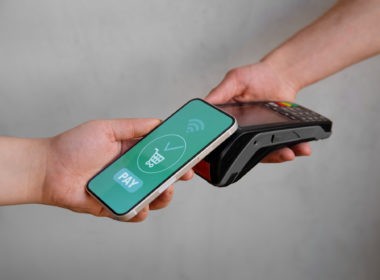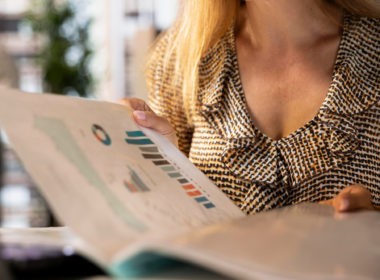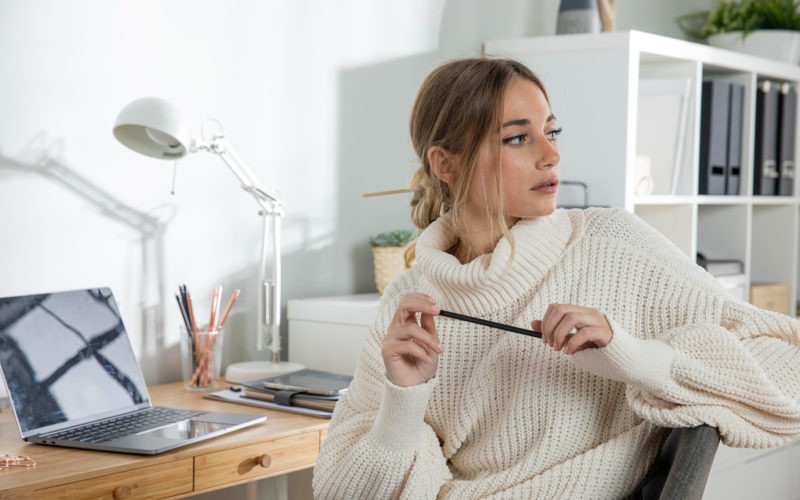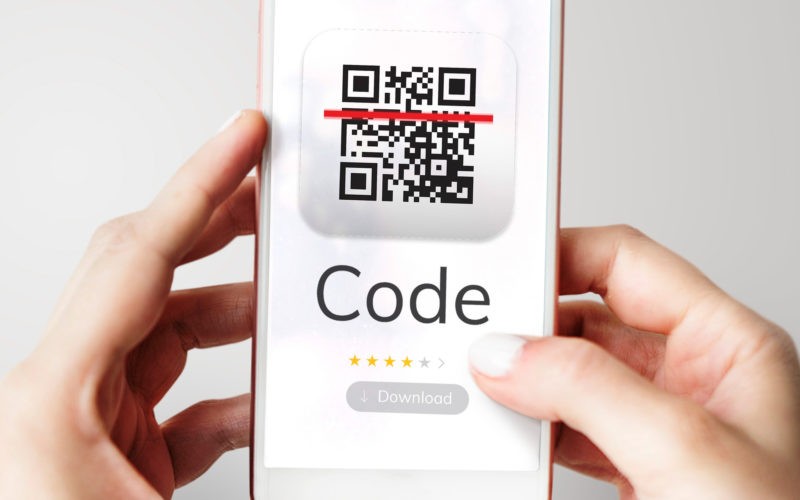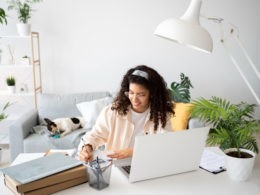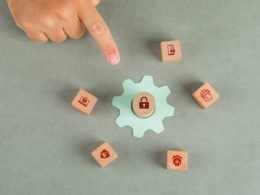Imagine sitting at your desk in stiff, uncomfortable clothes that you can’t wait to change out of. Now, picture yourself in something cozy but stylish — something that makes you feel confident and at ease. Which version of you is more focused and ready to take on the day?
Believe it or not, the clothes we wear can affect how we think, feel, and even work. Scientists call it enclothed cognition, a fancy way of saying that what we wear can shape our mood and behavior. It’s why dressing up for a big meeting makes us feel more prepared or why wearing something comfortable can help us relax and focus.
But here’s the real question: Does personal style matter at work? Can fashion really help us be more productive? Let’s find out.
How Clothes Affect Confidence and Work Performance
Have you ever put on an outfit that made you feel powerful like you could accomplish anything? That’s because what you wear affects how you see yourself.
Studies show that people feel more confident when they wear clothes that make them feel comfortable and reflect their personality. This confidence can lead to better focus, higher energy levels, and even stronger work performance.
On the other hand, wearing something that doesn’t feel right — too tight, too formal, or just not you — can be distracting and uncomfortable. It can make it harder to concentrate.
Does Workplace Attire Affect Productivity?
Different jobs have different dress codes. Some offices stick to business suits, while others are fine with jeans and sneakers. But does what you wear actually change how well you work?
Many modern workplaces are now focusing on comfort and performance instead of strict dress codes. For example, tech companies and creative industries have embraced comfortable yet stylish clothing to help employees feel at ease while staying productive.
An oversized hoodie is a great example of clothing that blends comfort and style. It offers a relaxed feel without looking messy, making it perfect for a busy workday. When made from high-quality fabric with a clean design, it keeps things professional yet effortless.
Of course, not every workplace is ready for casual fashion. But even in more traditional offices, people are finding ways to balance professionalism with personal style.
Balancing Comfort and Professionalism
Dressing for work isn’t about choosing between looking good and feeling good — it’s about finding a middle ground. If you have an important meeting, you might lean toward something a bit more structured, like a sleek blazer over a casual base. On quieter workdays, a relaxed but well-put-together look can help maintain focus without feeling restricted.
The shift to hybrid work has made this balance even more important. Many professionals now need outfits that transition smoothly from home to office. Soft, breathable fabrics, versatile layering pieces, and minimal yet stylish designs are becoming essentials.
Overall, it’s not about dressing up or dressing down — it’s about dressing right for the tasks ahead.
The Role of Personal Expression in the Workplace
Beyond comfort and function, what you wear is also a reflection of who you are. Personal style isn’t just about looking good — it’s about feeling authentic in your own skin. When employees feel comfortable expressing themselves, it can boost confidence, creativity, and even job satisfaction.
This is especially true in industries that thrive on innovation. Creative professionals, entrepreneurs, and designers often use fashion as an extension of their personal brand. Even in corporate settings, small touches — like color choices, textures, or signature pieces — allow for individuality within professional boundaries.
Practical Tips for Dressing for Success
So, how do you build a work wardrobe that keeps you both productive and confident? Here are a few simple strategies:
- Prioritize comfort without compromising style – Look for pieces that are structured yet relaxed. High-quality materials can make even casual wear look refined.
- Use color to your advantage – Studies suggest that colors impact mood. Blues and greens promote calmness, while reds and yellows can boost energy.
- Invest in versatile basics – A mix of casual and semi-formal pieces allows for flexibility. A well-designed hoodie, a crisp button-up, or stylish layering options can help you switch up your look effortlessly.
Final Thoughts!
Personal style isn’t just about looking good — it’s about feeling good, too. What you wear can influence your mood, confidence, and even productivity. As workplaces continue to change, the best thing you can do is find what works for you.
Whether that means dressing up for motivation or staying comfortable to focus, the right outfit can make a real difference. So, take a moment to think: Does your go-to work outfit help you feel at your best? A small change in what you wear could help you work even better.


